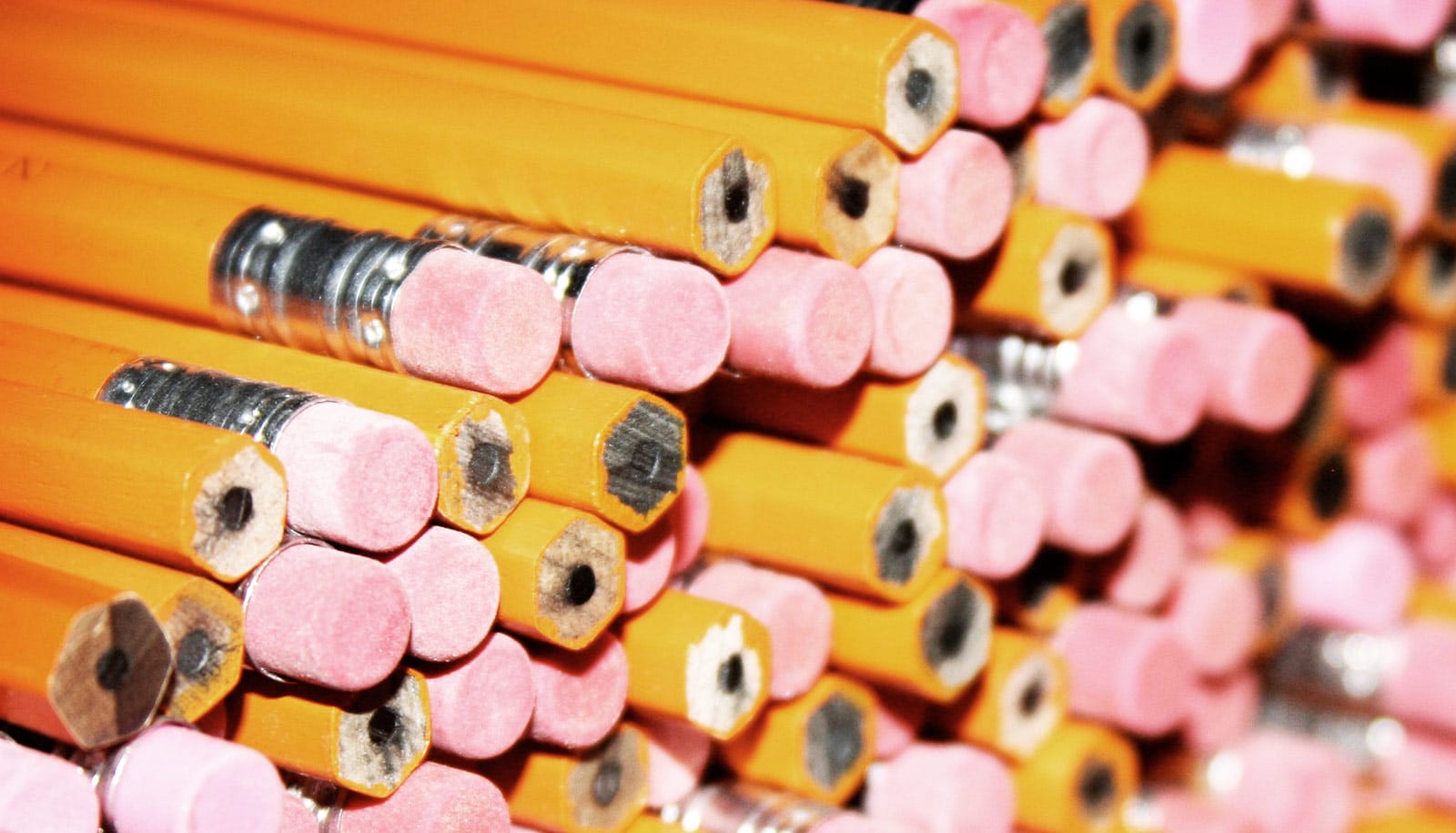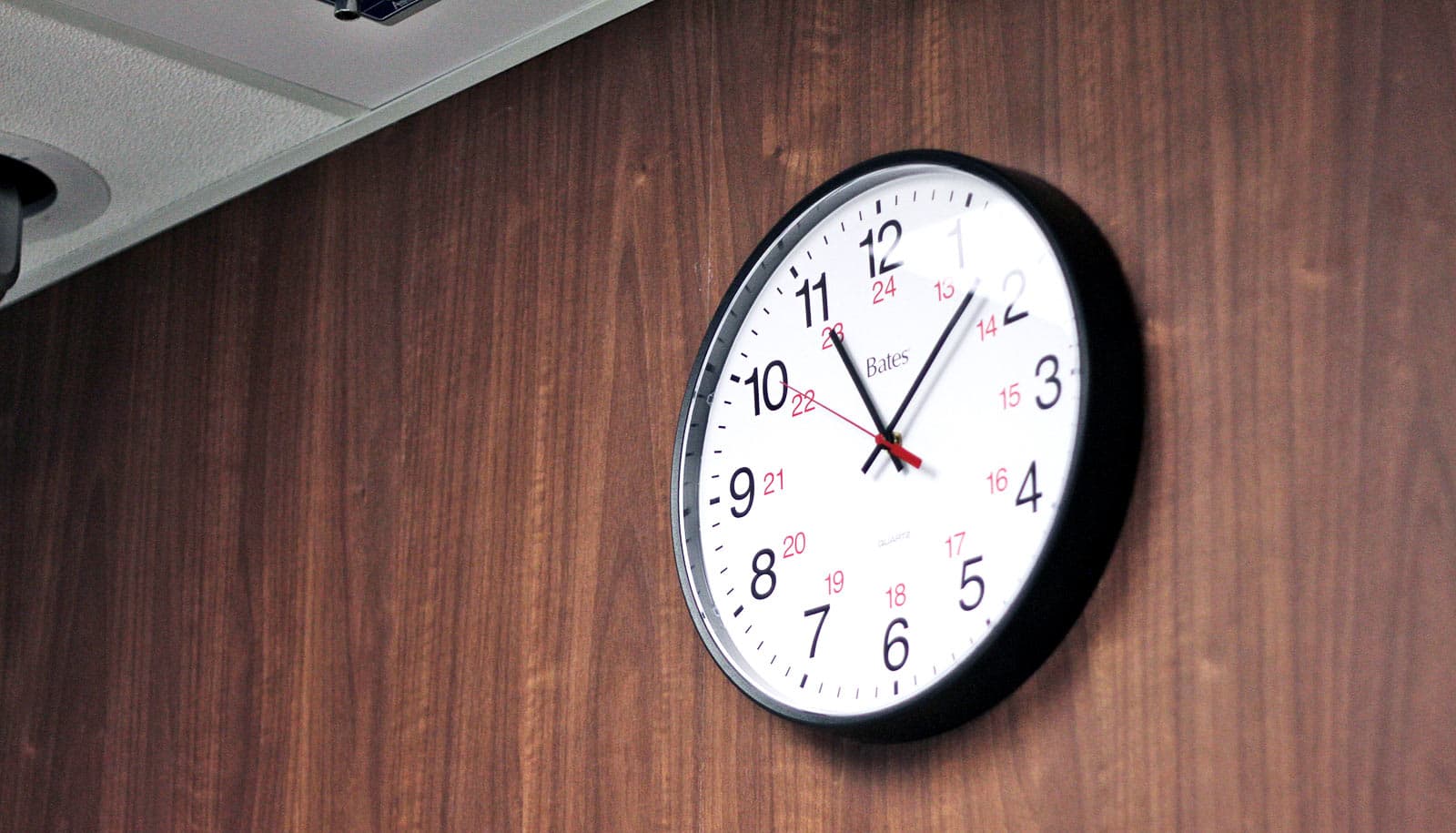Researchers have developed a new way of measuring gender inequality, one that is fairer to both men and women.
The new measurement also presents a simplified but more accurate picture of peoples’ well-being than previous calculations. The new Basic Index of Gender Inequality (BIGI) focuses on three factors—educational opportunities, healthy life expectancy, and overall life satisfaction.
The study appears in PLOS ONE.
“We calculated BIGI scores for 134 nations, representing 6.8 billion people,” says David Geary, a psychological sciences professor at the University of Missouri. “Surprisingly, our new measure indicated that men are, on average, more disadvantaged than women in 91 countries compared with a relative disadvantage for women in 43 countries. We sought to correct the bias toward women’s issues in existing measures and at the same time develop a simple measure that is useful in any country in the world, regardless of their level of economic development.”
Using the BIGI measure, the researchers found the most developed countries in the world come closest to achieving gender equality, albeit with a slight advantage for women. In the least developed countries, women nearly always fall behind men—largely because they have fewer opportunities to get a good education. The picture is more mixed in countries with medium-levels of development, with nearly the same number of countries where women fall behind as countries where men fall behind. The men’s disadvantage is largely due to a shorter healthy lifespan.
Until now the Global Gender Gap Index, introduced in 2006, had been one of the most established and well-used measures of national gender inequality in the world.
But the authors of this new study argue that it does not measure issues where men are at a disadvantage, such as harsher punishments for the same crime, compulsory military service, and more occupational deaths. The complexity of the Global Gender Gap Index also means it is sometimes difficult to distinguish whether gender differences are the result of inequality or personal preference.
“No existing measure of gender inequality fully captures the hardships that are disproportionately experienced by men and so they do not fully capture the extent to which any nation is promoting the well-being of all its citizens,” says Gijsbert Stoet, a psychology professor at the University of Essex. “The BIGI provides a much simpler way of tackling gender inequality and it focuses on aspects of life that are directly relevant to all people.”
Researchers say that when BIGI is included along with other existing models of gender equality, it provides additional information, presenting a fuller picture of gender equality that can be used by policymakers to introduce changes to improve the quality of life for both men and women.
“Internationally, improvements in gender parity may be reached by focusing on education in the least developed nations and by focusing on preventative health care in medium and highly developed nations,” Stoet says.
“With the BIGI, we are focusing on issues that are important to all women and men in any nation, regardless of level of economic and political development, and by including factors that can disadvantage men as well as women,” Geary says. “Current equality measures are generally biased to highlight women’s issues and thus are not really measures of gender equality.”
See the BIGI website for more detailed information about individual nations.
Source: University of Missouri



